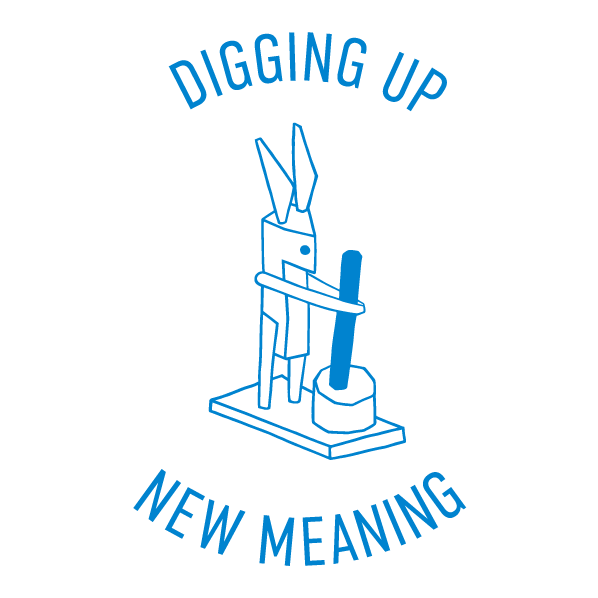I will not fall into the trap of an ordinary psychoanalysis to explain or to find some reasons why an artist implants crypts into the body of the earth.
Freud or Lacan? – no!
Yet still, why would an artist implant crypts (tombs) into the body of the earth to be opened a hundred years later when noone who witnessed the burial, including the artist herself will most probably not be left alive to witness or to produce the truth-content of the crypt?
Is it because a crypt never reveals its truth?
At first sight, the plan seems to be an impossibly posthumous one, giving the lie also to what is meant by the posthumous. Can there be something which is not posthumous unless the deceased desired luxuriously of an already dead life – disappeared into what we know as the dichotomy of life and death? What if such an attempt intends to point to an impossible map, that is out and out atopological?
As Nicolas Abraham and Maria Torok put it in their studies on incorporation, once occurred as an event which cannot be expressed, spoken about, or, better, put into words, the lost object turns into a crypt within the vast geography of the psyche, and it permanently disappears. It is in his essay “Fors”, which introduces Nicolas Abraham and Maria Torok’s The Wolf Man’s Magic Word: A Cryptonymy, that Derrida provides an extended articulation of cryptic incorporation
In their 1972 essay “Mourning or Melancholia: Introjection versus Incorporation”1 Abraham and Torok, put forth two responses to the loss of the loved object that could serve as an elaboration on the inner workings of mourning and melancholia as described by Freud. They employ the term introjection instead of mourning as the first way of coping with the loss and place the concept of incorporation in opposition to it. While introjection serves as a way of broadening the borders of the ego by internalizing the lost object through articulation of the loss, incorporation is about swallowing the lost object as a whole. Introjection is a difficult and painful proccess that keeps the pain of the loss alive within the subject and thus is easy to be rejected by the subject when the loss is deemed too great to bear. However, loss needs to be dealt with in order to build up an integrated self one way or the other. The solution to the difficulty of slowly internalizing the object, assimilating it along the way, accepting the loss and perhaps truly destroying what has been lost by making it a part of one’s self and thus removing its individuality comes in the form of incorporation: swallowing the lost object as a whole. This is a solution to many of the problems that introjection raises. However the solution is not without problems: now the incorporated object exists within the ego similar to a cyst. Soon a confusion arises as the subject carries within himself/herself a piece of the outside and thus the idea of an integrated self becomes jeopardised.
This is where the concept of “crypt” is drawn into the psychoanalytical theory of Abraham and Torok. Incorporated objects form enclaves that are inaccessible within the subject’s unconscious. However, this does not mean that they do not affect the subject in observable ways. Lost objects constantly haunt the subject by sending messages of its own to the conscious which gives birth to a need to answer these calls, even though the crypts are impossible to reach by their definition. Their existence is a pathological condition, impossible to be treated through psychoanalysis. By following such a route, Abraham and Torok make psychoanalysis impossible by two means: The first is by their definition of the crypt. The crypts hidden and blocked off within the subject’s psyche remain inaccessible because their formation depends on their “inarticulability”. The second is the fact that any endeavour to psychoanalyze a patient would also include the pyshoanalyst’s own cryptonymy thereby forcing the possibility of a cure towards a dead end. For Derrida, the crypt is the monument to a catastrophe. According to the strange logic of cryptonymy, any attempt to decrypt the crypt only serves to encrypt it. In trying to destroy it, it can only be consolidated2.
The strange, irreconcilable, unlocatable, irresolvable topography of the crypt – at once inside outside and outside inside, both inside and outside, neither inside nor outside, at the same time – is the atopology of the art practised as cryptonymy. In other words, under such a scheme that which applies to psychoanalysis under the rubric of the crypt also applies to both the artist and art’s condition in general. The crypt, or the art as cryptonymy deconstructs the time-honoured distinctions between inside and outside, between self and other, subject and object, art and the artist, rendering them almost completely atopological.
What if an artist’s intentions are related to the question of the specular, that is, to what conditions the visible, to what puts the visible at risk? Since one of the tasks of this essay is to render invisible what is visible via a strategy of the crypt, am I then allowed to swallow the words of another and talk as if they are my own? Such as: If I knew how to make a show without making it, I would already have produced it, years ago. Such as: A work always has to be produced, even if this means subtracting, removing. Completing a work, for me, is like squelching a possibility, invalidating a presence: a bit like when no one notices you are there and you are actually there. I prefer to talk about the motives that make an image disappear, about how the image is vandalized. I like to shift from perfection to the fall, to push the work to its tipping point, its limit, to endanger it, to the point of making it yield, jam, collapse.
Or, let’s put it this way: what if my interest lies neither in making a work appear nor making it completely disappear. What if I prefer to locate my work on the boundary between the visible and the invisible, thus effectuating a notion of crypt in the field of the visual. Yet still, inserting such works into the atopological nature of the crypt will yield to nothing but another crypt as the analyst will never be free of the crypt. This is the most hidden secret of cryptonymy – the end of psychoanalysis (and art?), as it were.
Or, let’s go back to the implanted crypts into the body of the earth. Such an attempt will abolish the distinction between the work and the space that contains it, the distinction between the visible and the invisible with regard to any type of art theory. What is at stake at such a juncture is what makes an artwork pictorial. Even one step further than Lyotard’s “figural”: Here even the image’s constituents are not there, or rather, they are buried and one is left to wonder if the objects are really buried there. Art work as primarily an idea and a sensation, more than an image. A state of things where a space swallows things up without changing. A sort of pit of insanity, a sunken cemetery, shunning definitions and filing away unknown documents.
Now one wonders what will be preserved in those crypts implanted into the body of the earth? Is it to cryptonomise the earth within the earth so as to open the truth-content of the earth, of life, of art to inspection? Shall we ever see it? Yet can one see that which has always/already been swallowed or has disappeared?
(1)Nicolas Abraham and Maria Torok, The Shell and the Kernel,. ed. and trans. Nicholas T. Rand, Chicago & London: University of Chicago Press, 1994.
(2)Derrida, “Fors”, pp.14-24.
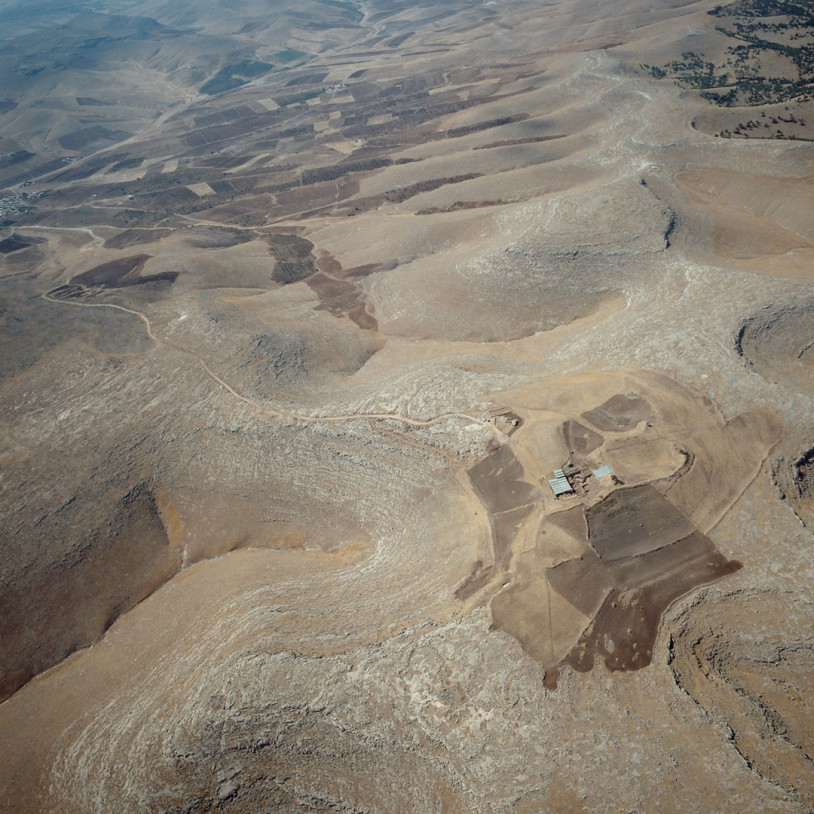
Aerial view of Göbekli Tepe and its surroundings, 2006
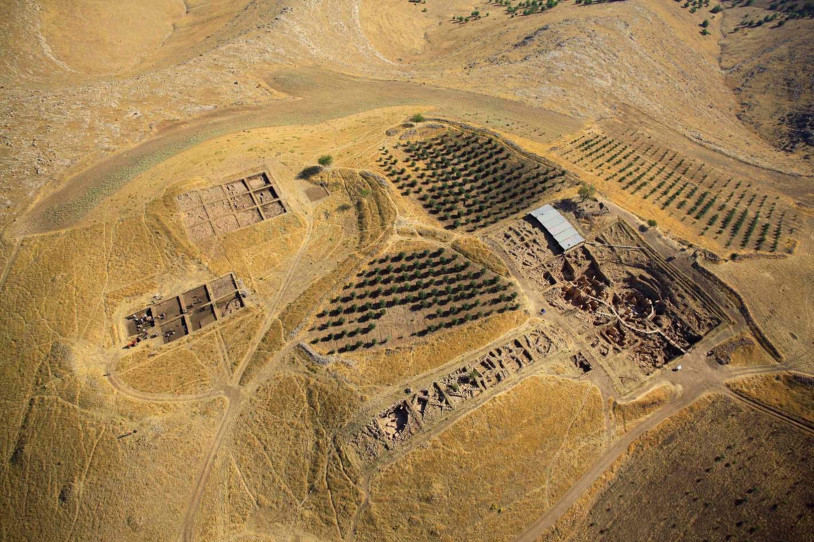
Aerial view of Göbekli Tepe in 2013
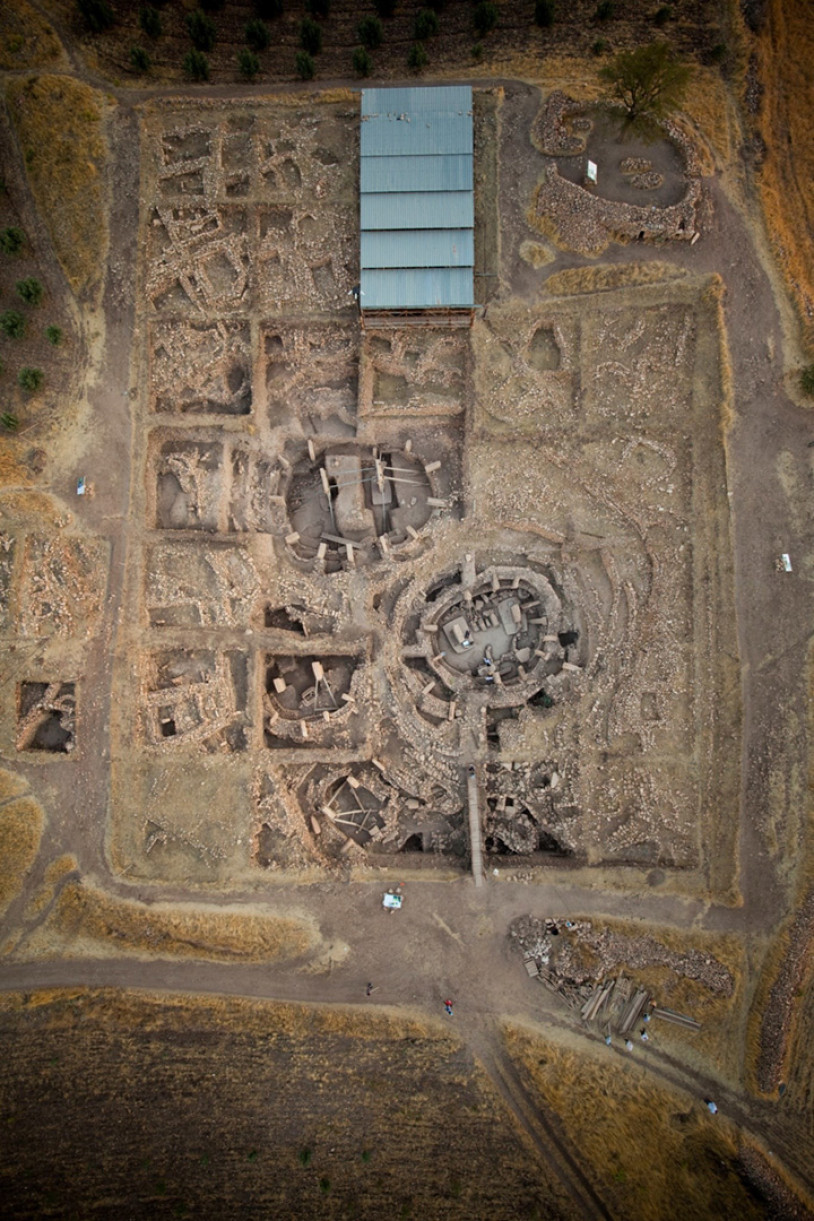
Aerial view of the Main Excavation Area (Southeast-Hollow) 2011
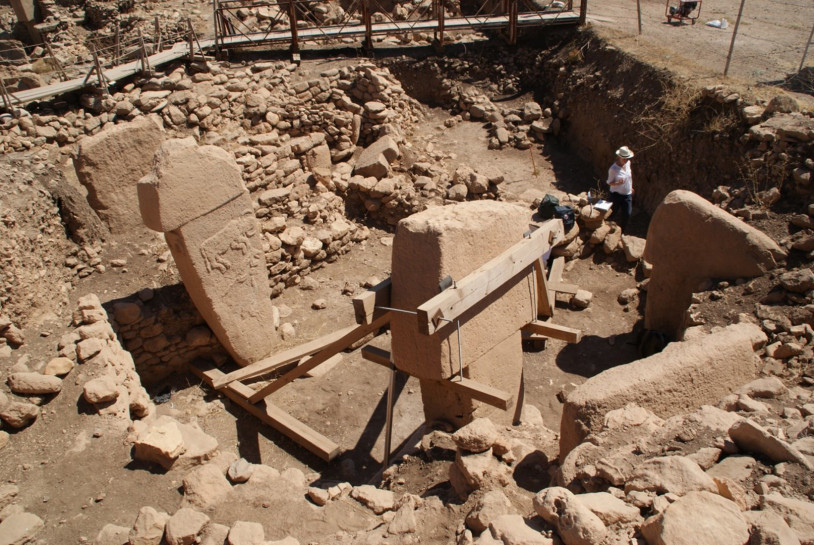
Göbekli Tepe, Building A in 2008
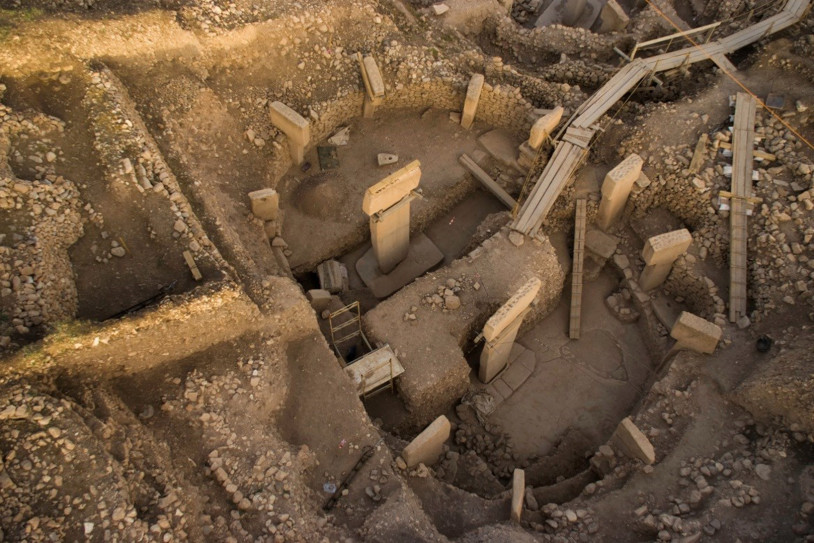
Göbekli Tepe, Building D in 2010
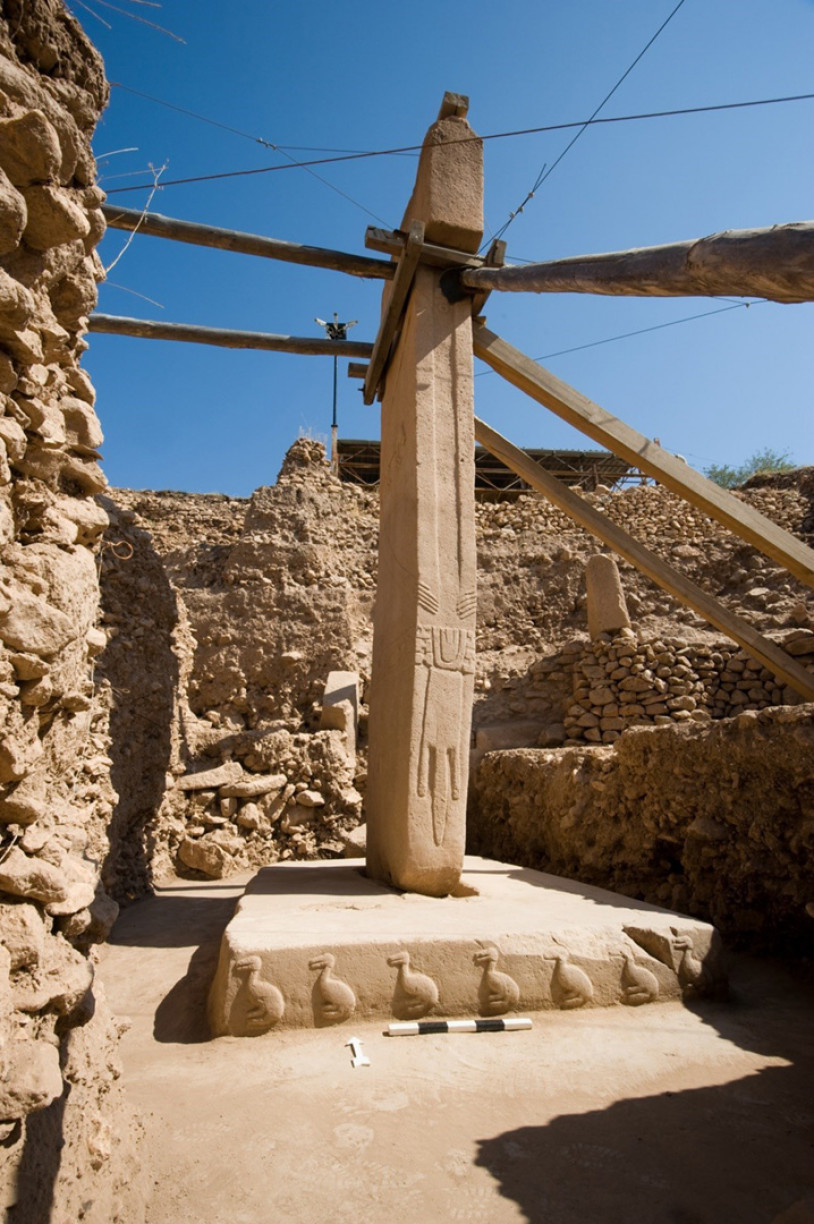
Stabilisation work in Building D, Pillar 18 as seen in 2011
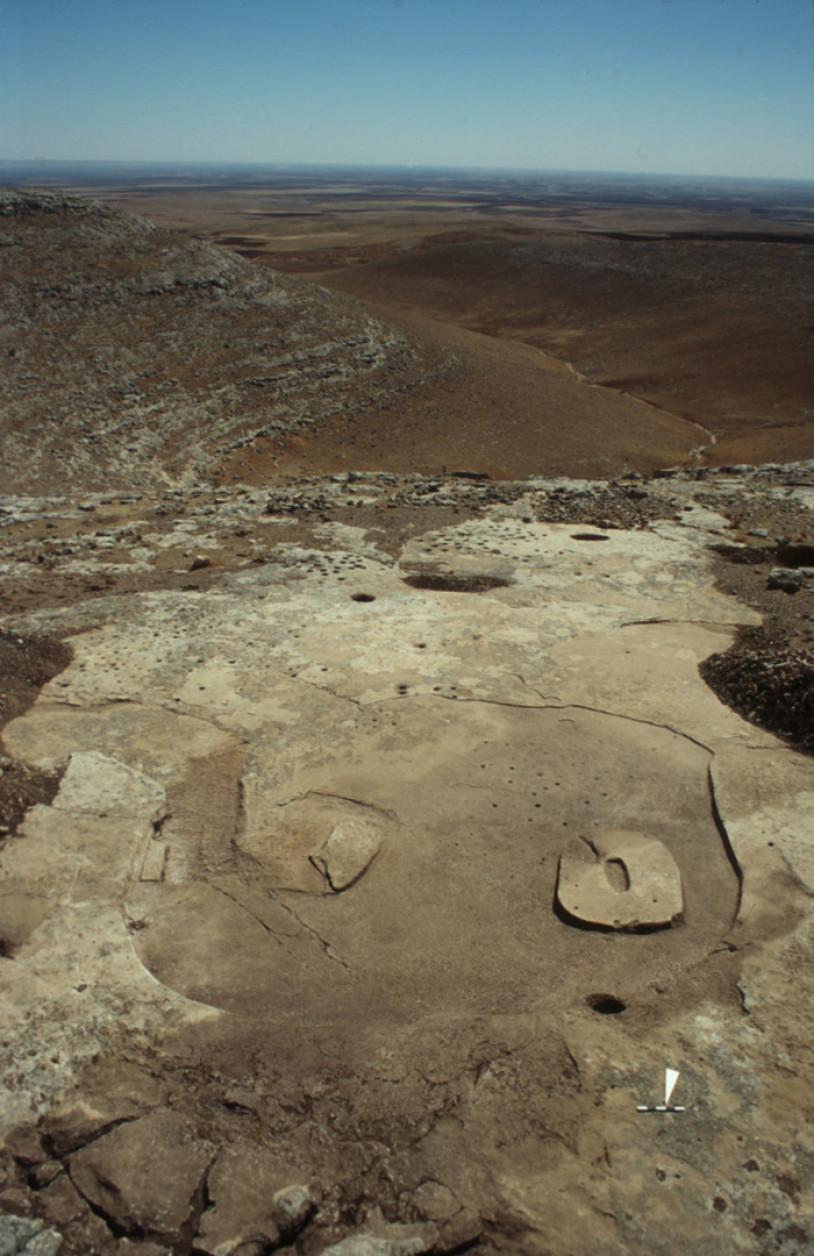
Göbekli Tepe, Building E in 2006
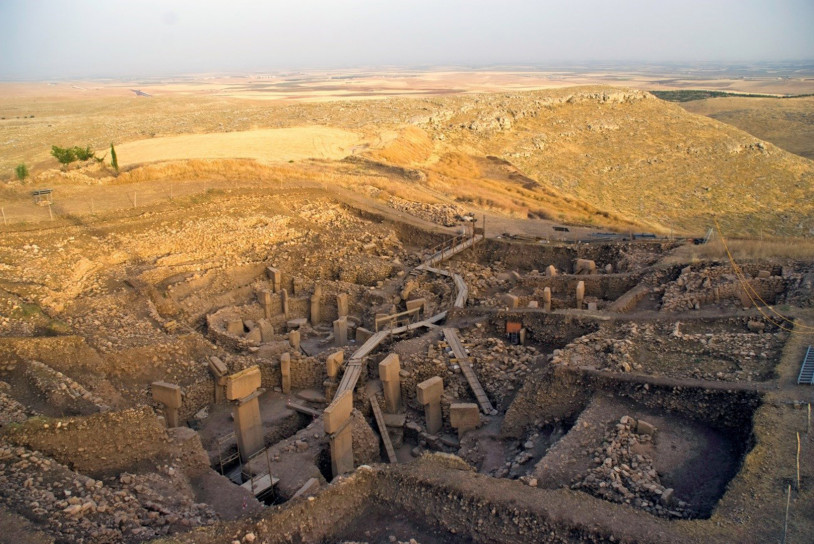
View south upon the main excavation area (Southeast-Hollow); Buıldıng D in foreground, Buıldıng C to the left, Buıldıng B and Buıldıng A in the background to the right
